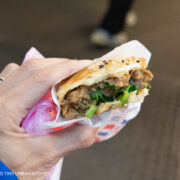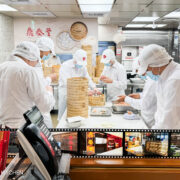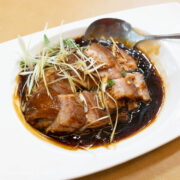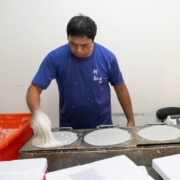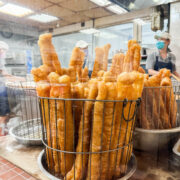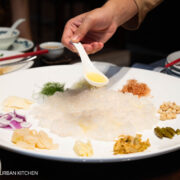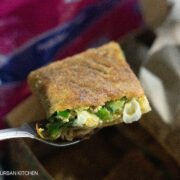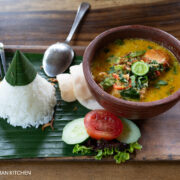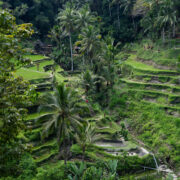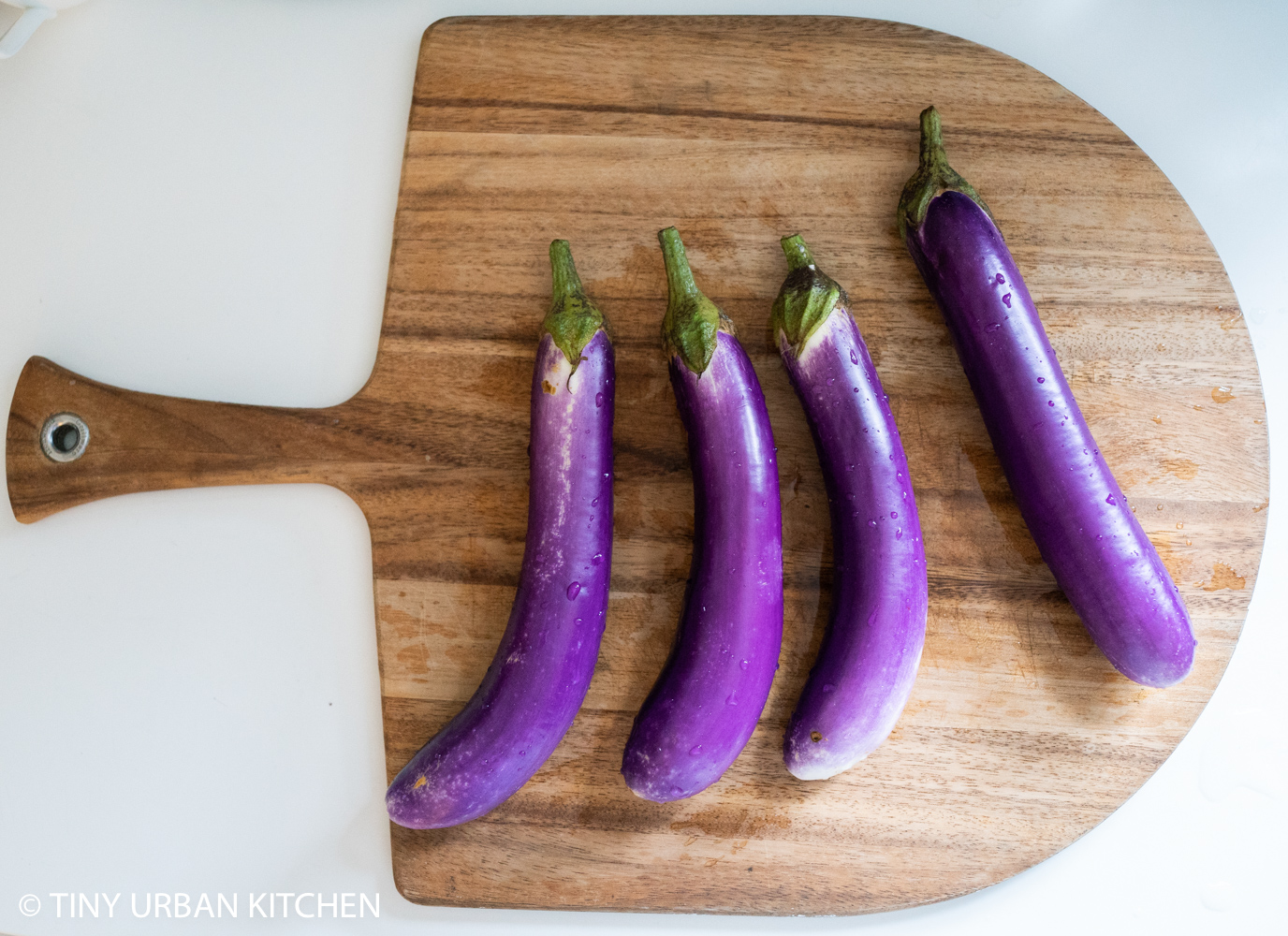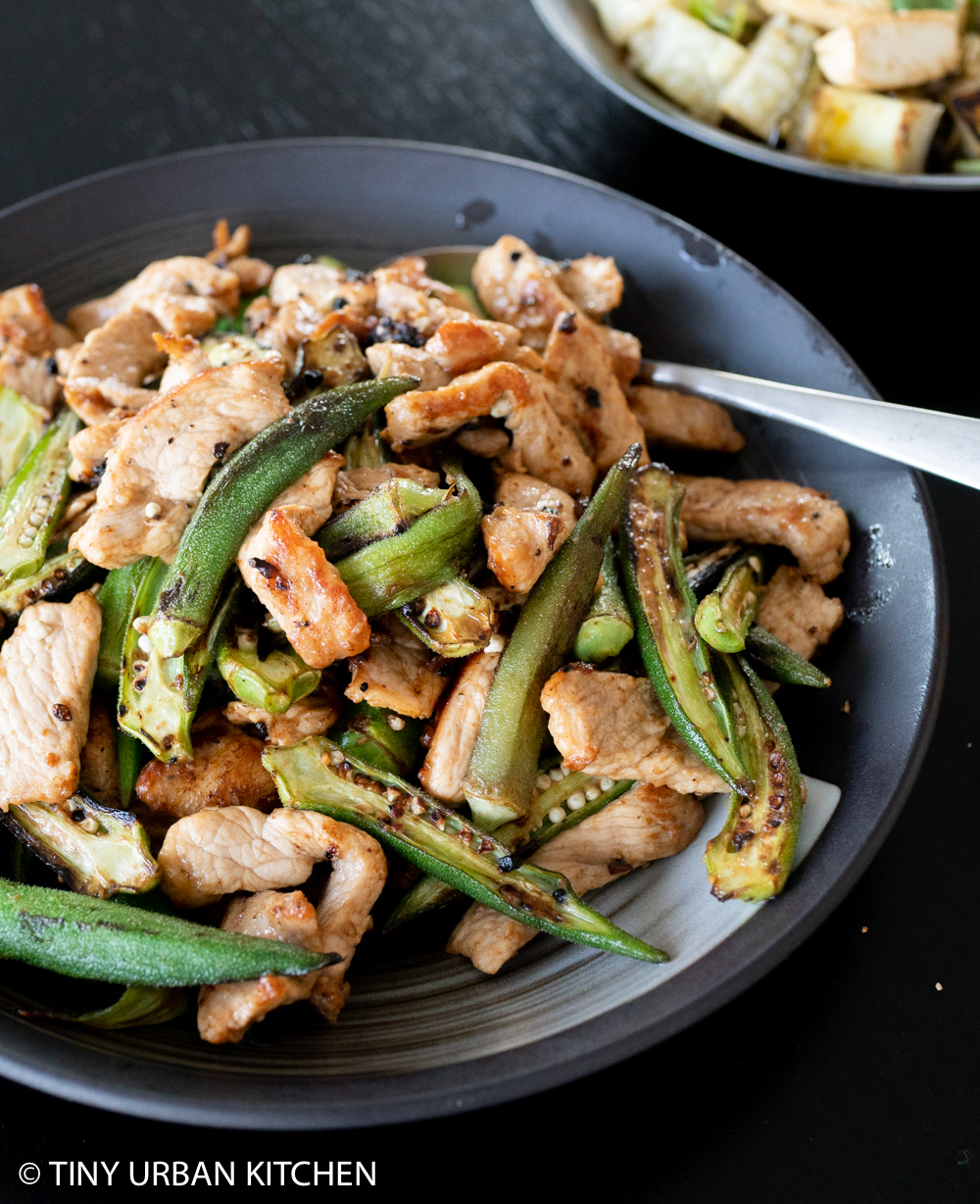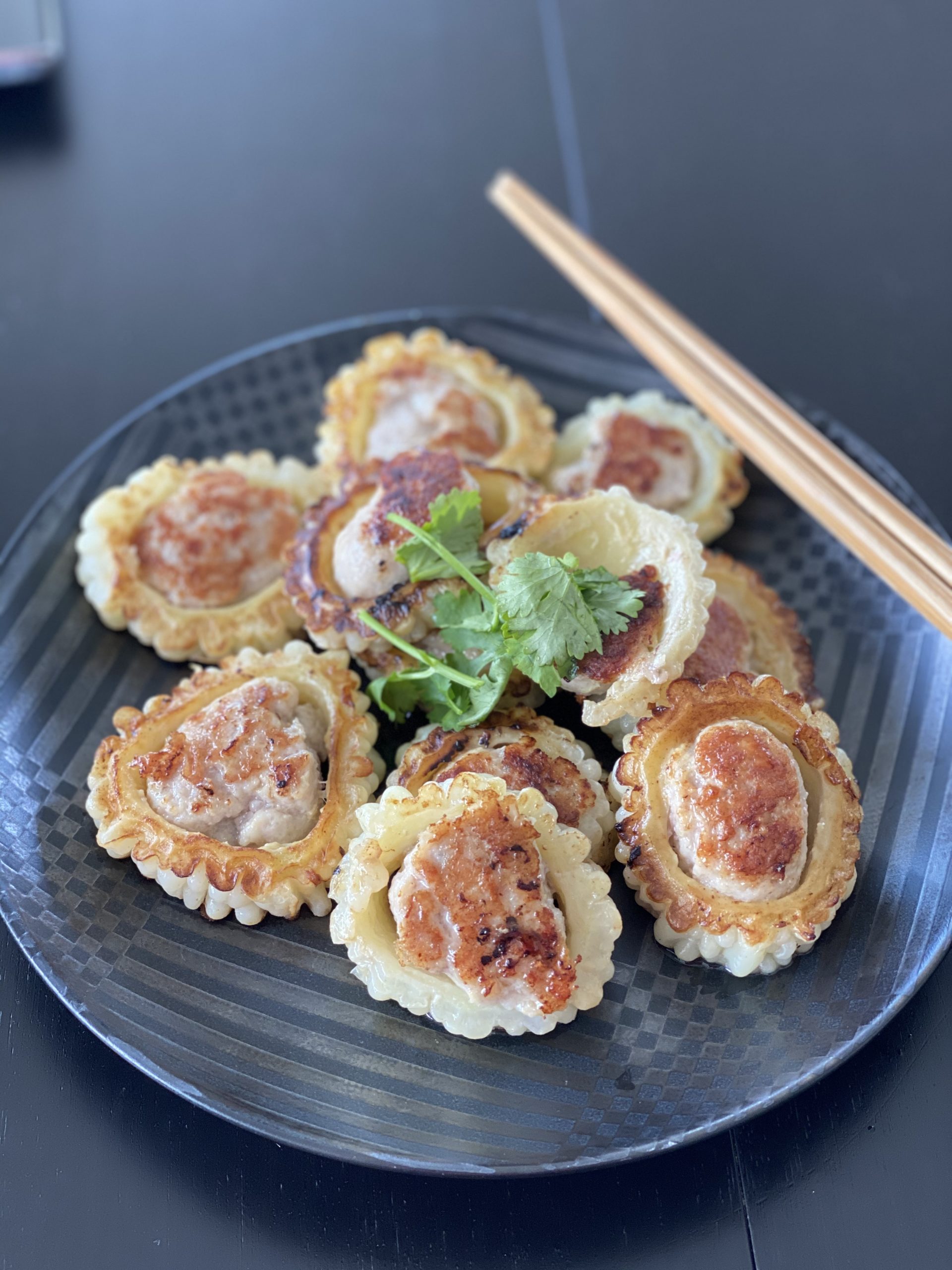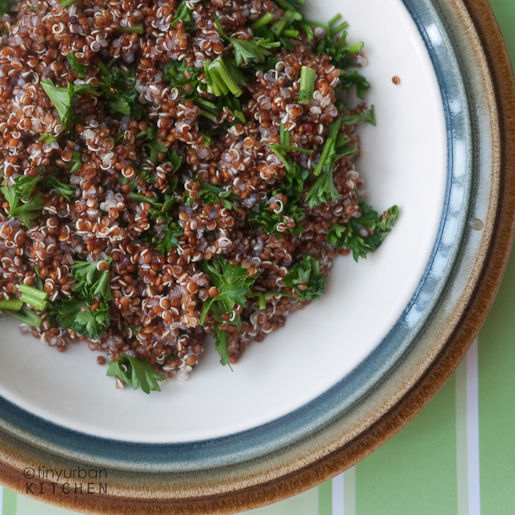
Native to South America, where it was one of the Incas' staples, quinoa has been around forever (some records go back eight to nine thousand years!). Sadly, when Spanish conquerers invaded South America, they killed the Incan emperor, destroyed all quinoa fields, and illegalized the farming of quinoa. Some natives would still secretly cultivate quinoa, but overall quinoa production fell to a minimum.
Interestingly, Quinoa finally made its way to the US in the early 1980's when Steve Gorad, now president of the Quinoa Corporation, discovered quinoa while on a trip to Bolivia in 1976. He totally fell in love with it and decided to cultivate and market the grain in the US.
Quinoa is actually a seed, not a grain. It's known as a pseudo-cereal because it's not a member of the grass family, but a member of the chenopod family (which also includes some of my other favorite vegetables, spinach and beets!).
The outer part of the "grain" contains bitter compounds called saponins, which are ideally removed by either washing or briefly soaking the grains. Don't soak for too long, otherwise the bitter compounds will enter the grains!
Nutritionally, what's so unique about quinoa?
Unlike other grains, such as rice and wheat, quinoa has a balanced amount of all the essential amino acids that humans need. In short, it is one of the few plant-based complete proteins out there. Furthermore, it's gluten-free, reasonably high in protein, and high in other vitamins, such as phosphorus, magnesium, manganese, riboflavin, and iron.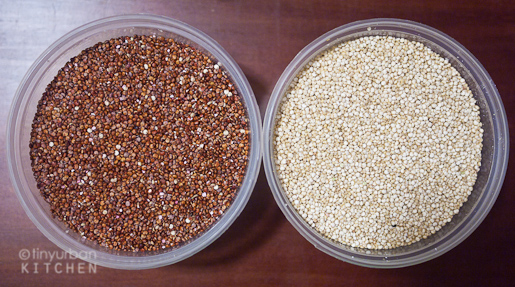
red quinoa and white quinoa
Quinoa is pretty easy to prepare and you can treat it like other grains. The biggest difference between quinoa and other grains is that you have to make sure to soak or rinse the grain before cooking to remove the bitter compounds. Many commercially available boxes already pre-rinse, so it's possible that you can skip this step.
Although many people say you can use a rice cooker to make this dish, I like to take the lazy way out. I don't bother measure cups of water, grains, or anything when I make quinoa. I just dump a portion of quinoa into a pot of boiling water and then I cook it on medium-low heat until they open up (they become much fluffier) and float to the top. This typically takes about 10-15 minutes. Then I drain, rinse, and eat.
You can toss it with your own homemade salad dressing, toss it with chopped vegetables, or use any cous-cous or wheatberry recipe that's out there. Really, the possibilities are endless.
I like to just toss it with extra virgin olive oil, a tiny bit of sea salt, and herbs. That alone is quite refreshing and healthy for a hot summer day.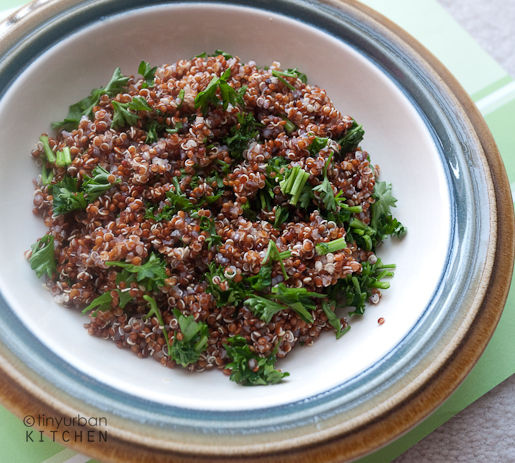
GIVEWAY!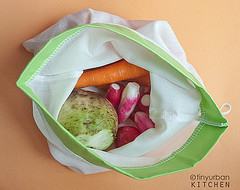
It's not too late to enter the Giveaway for the reusable produce bags! So far there aren't that many entries, so the odds are pretty good!
All Rights Reserved


